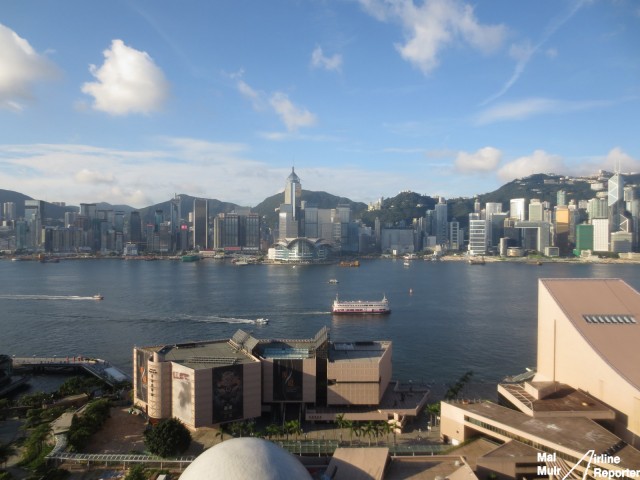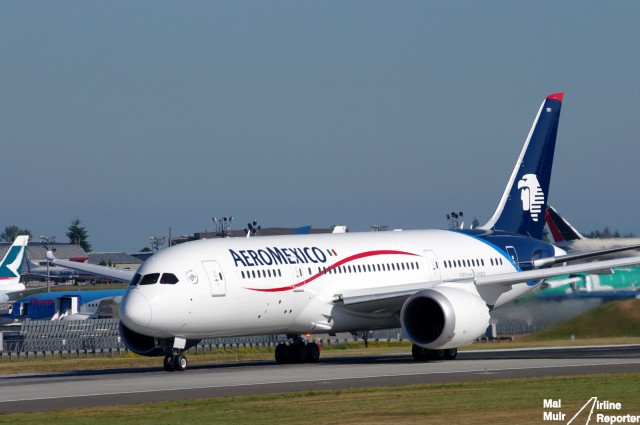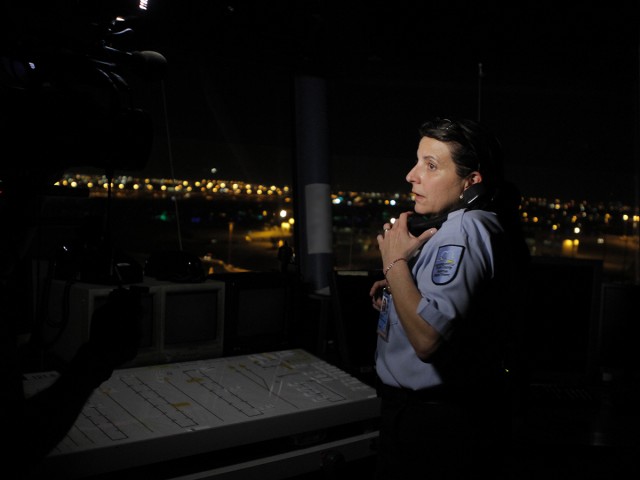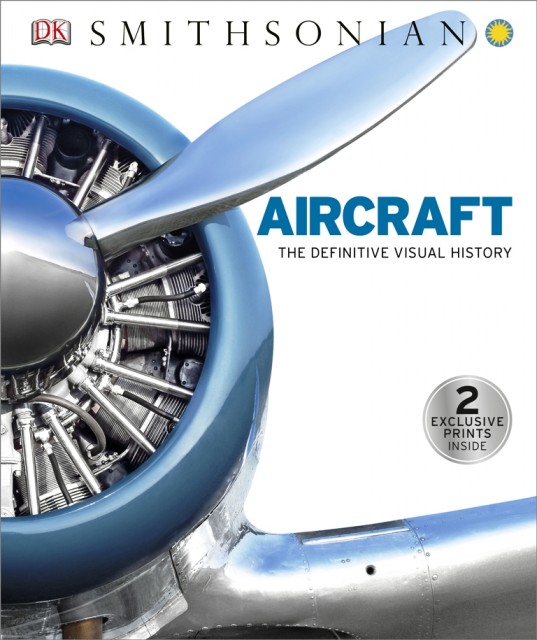
A big Happy 5th Birthday to AirlineReporter.com!
I had no idea when I created my first blog about airlines five years ago today that there were thousands upon thousands of other aviation fans out there just like me — which is awesome.
This last year has been bigger and better than ever. The biggest change was going from “I” to “us.” A good chunk of the first four years was just me keeping AirlineReporter.com alive, but now we are a team of AvGeeks bringing you all bigger and better coverage than ever.
In 2013 alone, we have flown over 200,000 miles to cover many different stories and diving into new topics and adventures.

I woke up to this every morning. Looking out over The Avenue of Stars and Victoria Harbour to Hong Kong Island from the Peninsula Hotel – Photo: Mal Muir | AirlineReporter.com
This is the continuation of a multi-part series covering my trip from Seattle to San Jose to Narita to Hong Kong and back as a ANA Ambassador. My flight was provided by ANA, but all opinions are my own. Part1: San Jose to Tokyo on the 787 Dreamliner – Part2: Connecting in Tokyo’s Narita Airport – Part3: Tokyo to Hong Kong & Back Again – Part4: A Helicopter Flightseeing Tour of Hong Kong.
What happens when you send two AvGeeks halfway around the world to Hong Kong and let them stay at one of the top hotels for three nights? A good amount of luxurious shenanigans, of course!
Jason Rabinowitz and I recently had the opportunity to do just that and I wanted to share our experiences, especially related to the Peninsula Hotel Hong Kong. The experience and service began the moment we stepped off our flight. We were barely out of the jet bridge and there was someone to escort us through the formalities of immigration, customs and baggage.
Once we got land-side at Hong Kong International Airport, the real adventure began. We were escorted to the ’œLimousine Lounge’ where our ride to the hotel was waiting. What was waiting for us was most certainly a first for me.

Aeromexico’s first 787 Dreamliner [N961AM] returning to the Boeing Flight Line at Everett after it’s first flight – Photo: Mal Muir | AirlineReporter.com
Aeromexico’s first 787 Dreamliner [ZA561] took to the skies yesterday and I was happy to get the arrival back into Paine Field, after the aircraft’s first flight. Skyteam’s 2nd 787 [China Southern is the other] is now up and airborne — who is next?

Power outages at a large airport are not good things, but provides entertainment on episode 211 airing July 23rd.
Have you been watching the second season of Airport 24/7: Miami on the Travel Channel? If not, you are missing some pretty great AvGeek-related stuff. In case you have not been able to connect with the show yet, here are two episodes coming up soon:
Episode 211 – Full Moon Airs Tuesday July 23rd at 9/8C on the Travel Channel
A full moon brings about bizarre circumstances at Miami Airport. A scorpion stings a passenger in customs, a power surge knocks out the airport tower, and a man calls in a bomb threat during the overnight shift.

This website gets pitched to review quite a few books and most of the time, we respectfully decline. But when I was asked to take a look at Aircraft: The Definitive Visual History, I was intrigued. SEE BELOW ON HOW YOU CAN WIN A COPY [it is easy and fun].
The book is an entertaining and light way to explore the history of aviation. People who are not too interested in aviation and those who are hardcore AvGeeks will be able to enjoy different aspects of the book.
Really, the book is more of an information starting point than an tell-all source. Although there is not much information for each aircraft, there are tons and tons of aircraft and photos in the book. Keep a computer near, because there were more than a few times I become interested in wanting to learn more about a plane and did some additional research.
The book is divided into different decades and starts with zeppelins “Before 1920” and goes to SpaceShipTwo in “After 2000.” There are about 300 pages of content and thousands of photos = tons of eye candy.




